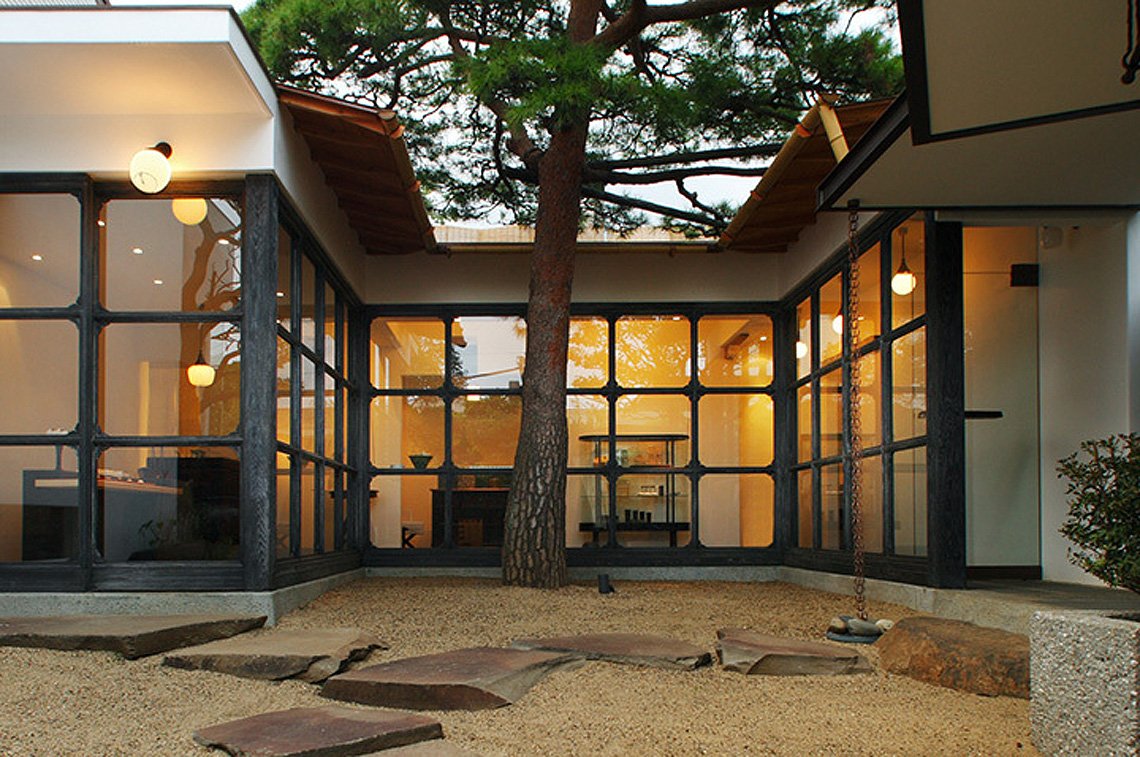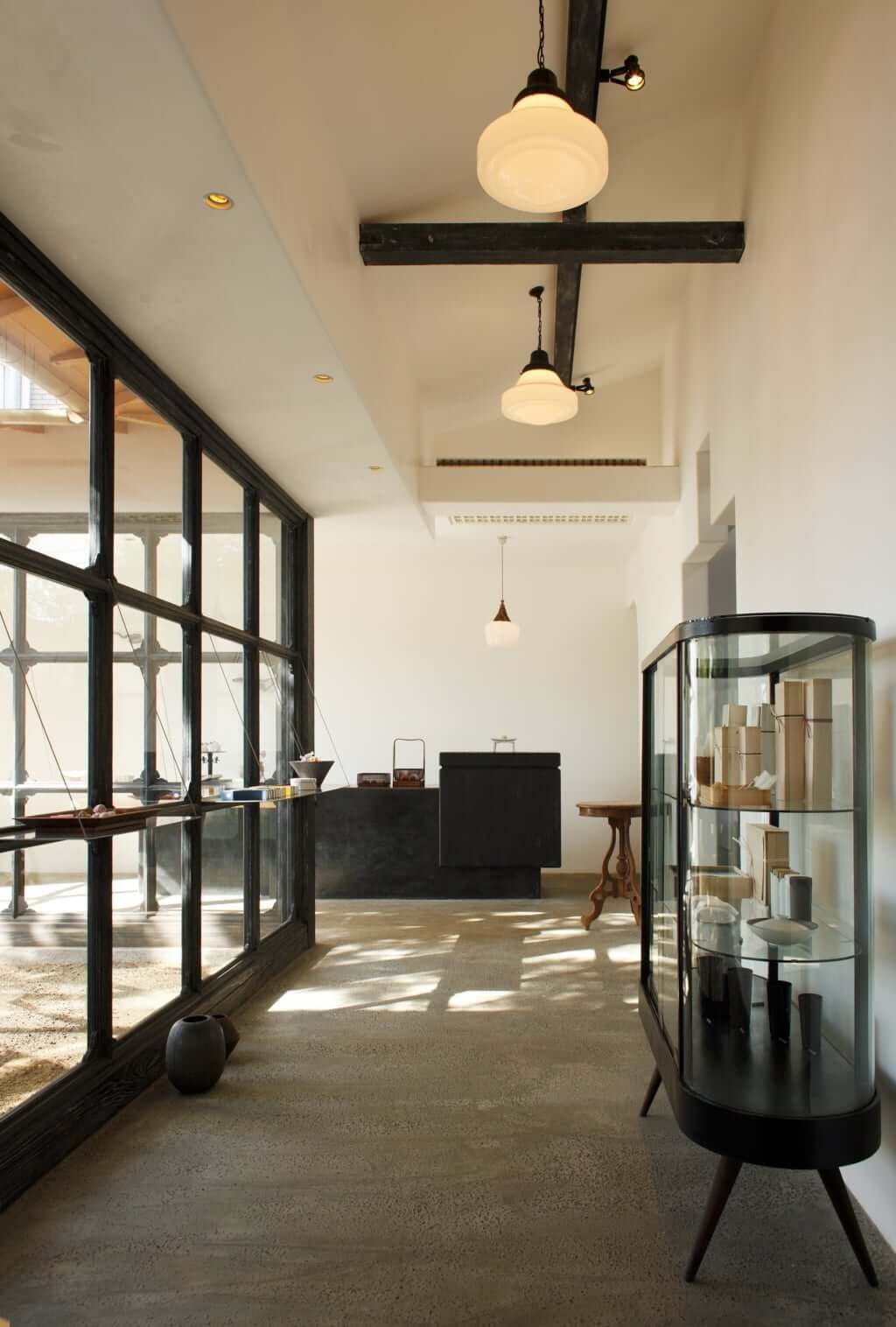Marie Méon
HURS CURATORS
MARIE MÉON
The cultural connoisseur shares her favorite brands, products and places
Marie Méon has always designed the world around her. At the age of 18, she exchanged her hometown Tokyo for Paris – where she worked for Dior, then Chanel – and spent 10 years as a retail designer. Her love of food led to further exploring the culinary world, interning at Parisian bistros including the neighborhood staple Verre Volé and intimate seafood restaurant Sur Mer. In 2017, Méon founded multi-disciplinary studio Manger Manger, and quickly built an impressive client list including Prada, Gucci, Louis Vuitton, Chaumet and Hermès. While food comes first, Manger Manger is about much more than just another meal. Using ingredients and food as creative tools, the studio crafts distinct, edible narratives exploring all the senses. From imaginative installations to memorable plates and distinct visuals, Méon is a true food artist – crafting meals that are almost too beautiful to eat.
IN TOKYO, A RESTAURANT THAT ISN’T JUST ABOUT FOOD
Tucked away in a former Japanese mansion in a residential area in Tokyo lies restaurant Yakumo Saryo. Designed as an escape from the busy streets of Tokyo, the space invites visitors to immerse themselves into the calm, modern interiors. The brainchild of Creative Director Shinichiro Ogata – the designer behind Andaz Tokyo and Aesop as well as Paris-based dining and design space Ogata – the restaurant is a celebration of his distinct style. The food follows the aesthetic of the space; minimal and contemporary, yet informed by Japanese traditions. Led by his commitment to serving food that stimulates all five senses, and his respect towards the culinary art that makes his vision possible, Yakumo Saryo delivers a highly curated dining experience unlike any other. Every element is carefully selected, from the ingredients and sake to the tableware it’s served on.
“The original location of the now well-known Ogata in Paris. When it opened, more than 10 years ago, you could only book a table when you were referred by a friend of the house. Located in a very calm and residential neighborhood, finding it is quite the challenge. But once you have you never want to leave. This place is the PERFECT match between craft, Japanese cuisine and interior design. I very much admire Mr Ogata's perfectionism in everything he does.”
“It REMINDS me of my mother's atelier de couture in Tokyo, where I used to spend all my time when I was a child. The well-stored variety of fabrics, the mirrors, sewing scissors, the smell of cotton. Need to buy a last minute gift? This is the perfect place where you will find a carré de soie that’s sure to delight anyone.”
IF YOU ONLY BUY ONE SHIRT, BUY THIS ONE
For those who take their shirting seriously, there’s only one answer: Charvet. But what is it that makes the Charvet shirt so special? The French high-end ‘chemisier’ – also known as Charvet Place Vendôme – is the expert when it comes to crafting the perfect shirt, with meticulous attention to detail. Established in 1838, Charvet was the world’s first shirt store, and quickly garnered a loyal clientele for its exceptionally well-made shirts and ties, the level of its service and its brought selection of designs and colors. Over the years, the shirtmaker has dressed numerous cultural figures, including Jane Birkin, Catherine Deneuve and Sofia Coppola. Today, the Paris-based shirt maker and tailor still runs its operations from the atelier at 28 Place Vendôme. Continuing to deliver shirts, neckties, blouses, pajamas and suits for those looking for what’s best over what’s new.
A VINTAGE STORE WITH A POINT OF VIEW
Said to be the one of the best vintage stores in Paris, Thanx God I’m a V.I.P. is the place to find vintage pieces from fashion’s most iconic designers: a black Giorgio Armani jacket with velvet lining, a mini skirt by Courrèges or Yves Saint Laurent military coat. Sylvie Chateigner founded the store in 1994, and hosted parties under the same name. Chateigner brought together tastemakers from the world of fashion, music and media at iconic locations. From l’Elysée Montmartre to the prestigious salle Wagram, the Ritz Club or Chez Maxim’s. Today, Chateigner is fully dedicated to running her exceptionally merchandised store. The neatly arranged racks – all perfectly color coded – allow you to browse efficiently. Something that’s often impossible to do in an establishment that carries a wide assortment of brands from varying eras. But it’s Chateigner’s expert eye and methodical way of curating what’s on offer, that makes Thanx God I’m a V.I.P. a favorite.
“I have always been a VINTAGE lover. Sylvie’s curation is the best. She has a deep knowledge of fashion culture and knows everything about how a garment is and should be made. Amnaye, her husband, is a DJ and takes care of the musical design of their shops: top-class teamwork.”
“During a stay in Venice with my partner, we noticed piles of leftovers outside the kilns in Murano. Abandoned yet still DESIRABLE, those spare items gave us the idea that something could be created out of these. This is how a series of one-of-a-kind lighting was born, in collaboration with Laguna-B, a glass manufacturer and publisher based in Venice.”
DESIGN THAT CELEBRATES WHAT’S LEFT BEHIND
It was the meticulous eye of Marie Brandolini that led to the launch of renowned glassware company Laguna~B in 1994. Inspired by the informal glass cups the Murano masters – made using the leftovers from their work in the furnace – the Parisian glass design pioneer crafted a collection combining traditional Murano techniques with a contemporary, pop aesthetic. Since then, Laguna~B has collaborated with numerous artists and designers, including Marie Méon and her partner Harold Berard. The duo created ‘Up Cycling’ a lighting collection crafted from leftovers from outside the furnaces in Murano. It’s the company’s continued dedication to Marie Brandolini’s philosophy and experimental approach that has made the company a fixture in today’s design landscape. Continuing to celebrate imperfection and irregularity as the key characteristics of objects made by hand.
BEFORE ISSEY MIYAKE, THERE WAS FORTUNY
Once the studio and home of artist, stage designer and textile designer Mariano Fortuny, Palazzo Fortuny is an intimate look inside the mind of one of Italy’s celebrated artists. Fortuny’s plissé silk dress known as the Delphos – created with his wife Henriette Nigrin – made him famous globally. The museum is a tribute to his eclectic and distinct taste, where every room has remained the way Fortuny designed it. Housed in a Gothic palazzo in Venice, the museum is a reflection of Fortuny’s creative practice, seamlessly blending the various disciplines the artist explored. From floor-to-ceiling frescoes to photography, luxurious textiles to art, antiques and decor from his personal collection. Visitors can explore four floors of the palazzo, as well as exhibitions on other artists that reflect Fortuny’s spirit.















